DevOps methodology forces you to rethink your development and operations processes to prioritize principles like automation, collaboration, and continuous improvement. To support those principles, you need the best DevOps infrastructure tools to provide the following functions:
- Containerization
- Infrastructure Automation
- Monitoring and Incident Response
- Continuous Integration/Continuous Delivery (CI/CD)
Let’s discuss these categories in greater detail and explore how the best DevOps infrastructure tools add value to your business and teams.
Best DevOps Infrastructure Tools for Containerization
In DevOps, containerization refers to packaging up a piece of software code and all its dependencies into an individual unit, called a container. A container is a standalone unit, meaning it runs independently and can be easily moved, deleted, or copied. Containerization contributes to a fast, agile, and efficient DevOps infrastructure.
Docker
Docker is an open-source containerization platform that has become a ubiquitous part of DevOps containerization. Docker is open source and portable, so you can easily move your containers to different clusters or platforms. The main limitation of Docker is that you still need a way to orchestrate those containers.
Kubernetes
Kubernetes is by far the most popular cloud native container orchestration platform. Kubernetes allows you to scale, manage, load balance, secure and deploy your containerized workloads and applications (Docker or otherwise) across multiple clusters and hundreds or thousands of containers.
Key Takeaway:
Docker sets the standard for application and workload containerization, while Kubernetes provides container orchestration at scale. Using both together, you can build a more efficient DevOps infrastructure that supports quick and agile software deployments.
Best DevOps Infrastructure Tools for Infrastructure Automation
Automation is a cornerstone of DevOps methodology. Infrastructure automation, or Infrastructure as Code (IaC), helps the Ops side of your DevOps environment provision development, testing, and production servers faster and more efficiently while also reducing human error. When it comes to DevOps infrastructure automation tools, the three top players are:
Chef
Chef is an infrastructure automation tool for DevOps that allows you to write infrastructure configurations as Ruby DSL scripts, or “recipes.” These recipes are then saved in “cookbooks,” which can be executed declaratively. Chef is highly scalable for large enterprises but has a steep learning curve and should ideally only be used by experienced software developers or IaC coders.
Puppet
Puppet, like Chef, uses declarative coding to automatically deploy infrastructure configurations. Puppet’s proprietary DSL language, called Puppet DSL, is designed for experienced systems administrators with some coding knowledge. Like Chef, Puppet is scalable and aimed at large DevOps organizations.
Ansible
Ansible has gained in popularity over other infrastructure automation tools because it uses Python, a language many DevOps admins and coders are familiar with. Ansible’s YAML “playbooks” are executed declaratively and use an agentless system. Unlike Chef and Puppet, Ansible is fairly easy to learn and can be used by newer DevOps teams who don’t have as much experience with automation.
Key Takeaway:
Chef and Puppet are powerful infrastructure automation tools for experienced IaC teams, but Ansible lowers the learning curve and allows newer DevOps organizations to take advantage of the benefits of automation.
Best DevOps Infrastructure Tools for Monitoring and Incident Response
Another important aspect of managing DevOps infrastructure is monitoring and incident response. DevOps tools need to monitor both your applications (Dev) and infrastructure (Ops) and should support containers and orchestration so you can get a complete picture of your environment. Ideally, your monitoring tool will integrate with your incident response platform to further shorten feedback loops between end-users, developers, and operations.
AppDynamics
AppDynamics is a full-stack DevOps monitoring solution that provides observability into your applications, infrastructure, network, and more. The platform gives you a central dashboard from which to visualize and monitor your entire DevOps environment, including analytics and visualizations.
Splunk On-Call
Formerly VictorOps, Splunk On-Call is a cloud-monitoring and metrics platform for incident response. It lets you automate logging across systems or teams and supports integrations with monitoring tools and test automation platforms.
Key Takeaway:
The AppDynamics DevOps monitoring solution provides complete visibility into your entire DevOps infrastructure. Splunk On-Call helps you track and manage issues through completion across all your functional teams.
Best DevOps Infrastructure Tools for CI/CD
CI/CD, or continuous integration/continuous delivery, is a software development methodology that supports DevOps by shortening dev cycles and increasing collaboration. DevOps infrastructure tools for CI/CD usually address one or more of the following:
Source Code Version Control: All CI/CD code should be checked into a central repository that tracks versions and prevents developers from stepping on each other’s toes.
Test Automation: Tests should run on code as soon as it’s checked in to ensure it won’t introduce any issues to the existing codebase.
Build Automation: Some of the build tasks that can be automated include compiling code, executing integration and security tests, and publishing new code in the repository.
Continuous Delivery: As new builds reach the specified benchmarks for completion, they should automatically deploy to the production server to allow for continuous delivery of software.
Pipeline Management: You need a way to visualize, plan, and optimize your CI/CD development pipeline so you can identify issues and improve processes.
There are specific tools that handle each of these tasks, but the best DevOps infrastructure tools for CI/CD incorporate some or all of this functionality into a single platform.
Copado
Copado is a low-code DevOps and CI/CD solution for SaaS applications. Copado gives you a single platform from which to plan, build, and deploy applications, including:
- Fully featured, Git-based DevOps version control
- Test automation, including compliance and security
- Automatic build tools to simplify the development process
- Deployment tools to automatically deliver code changes to dev, test, and production environments
- Value stream management to visualize and optimize your development pipeline
Plus, Copado’s platform is low-code, which means even less-experienced “citizen developers” can use it. This makes it easier for your whole DevOps team to collaborate for more streamlined and efficient releases.
Key Takeaway:
Copado provides an innovative CI/CD platform that includes version control, test automation, build automation, continuous delivery, pipeline management, and more all in one easy-to-use solution.
Put the Best DevOps Infrastructure Tools to Work for Your Organization
By combining the best DevOps infrastructure tools for containerization, automation, monitoring, and CI/CD, you can create a DevOps framework that supports your organization’s digital transformation. At the center of the framework should be the Copado low code DevOps platform for SaaS clouds. Copado supports integrations with all the best DevOps infrastructure tools, giving you a central solution to manage development across your entire environment.
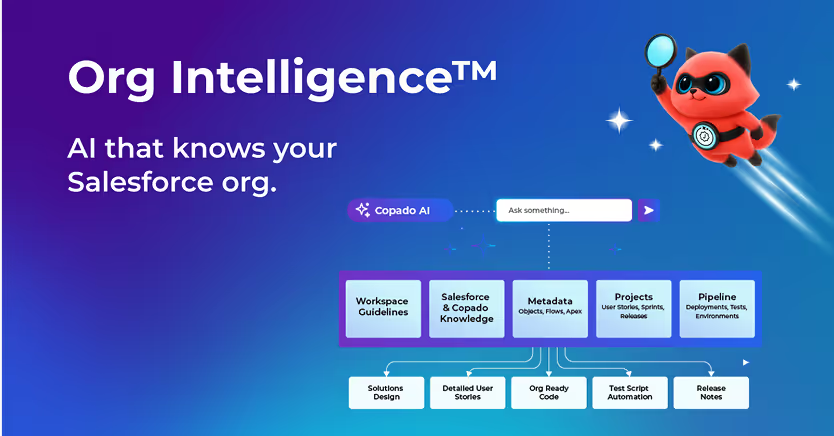











.svg)
.svg)

.png)

.svg)

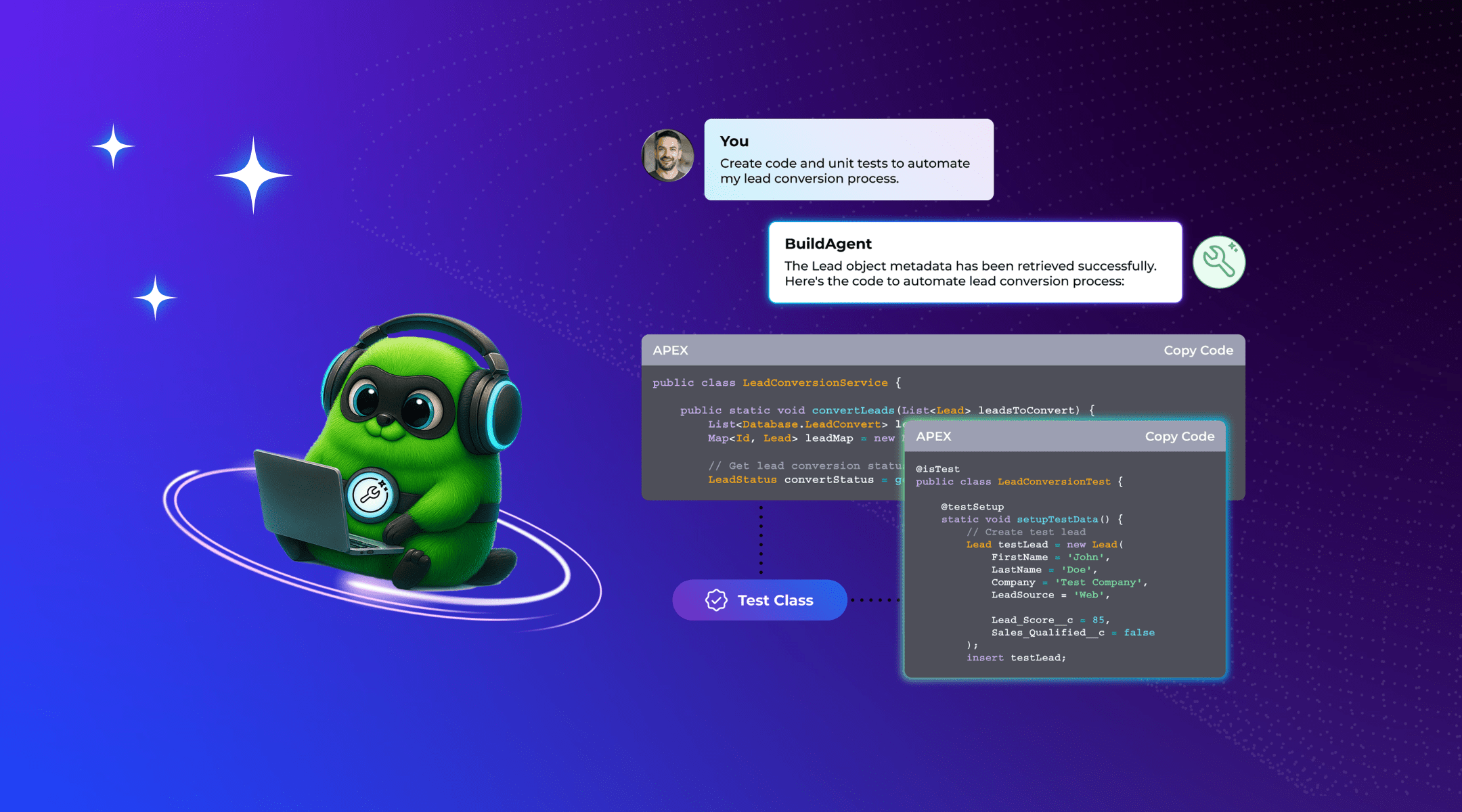


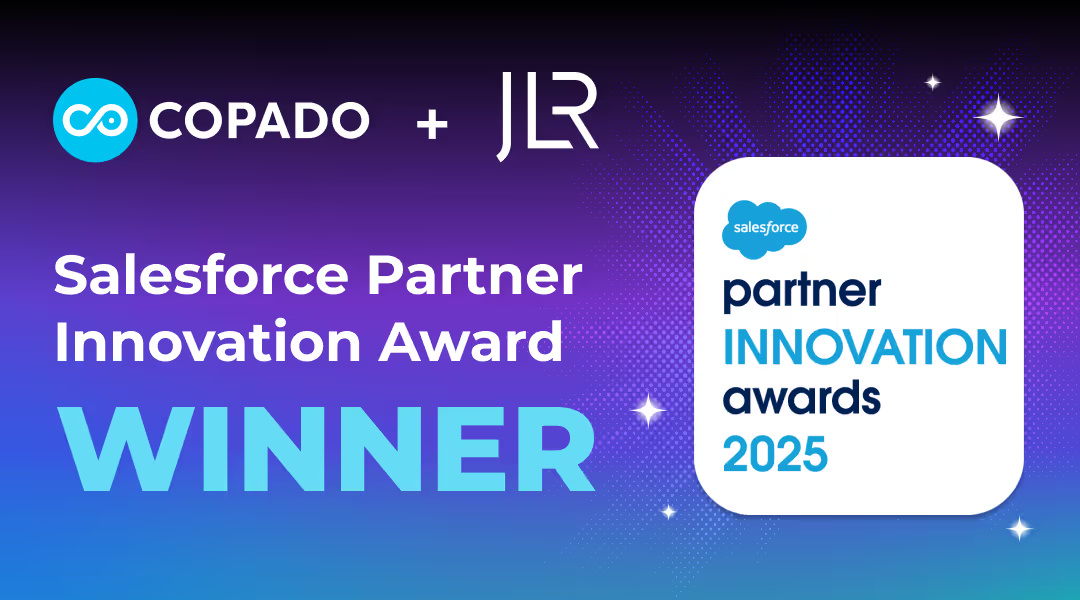



.avif)


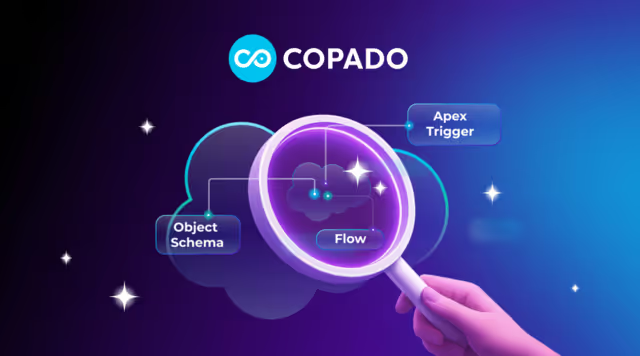
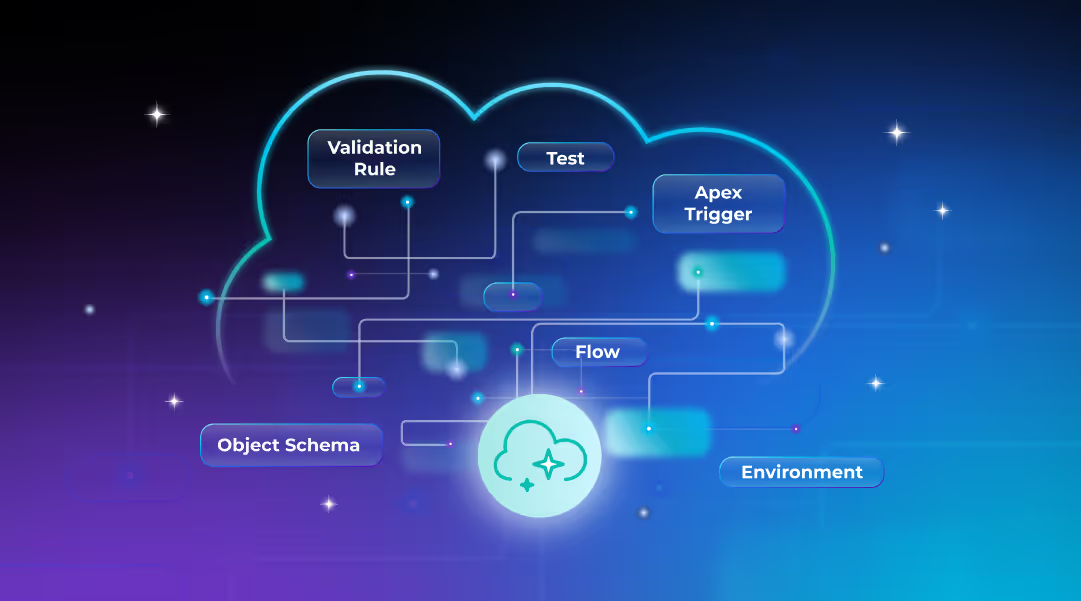









%20Data%20to%20Me_BLOG_1080x600.avif)






.avif)

































.avif)







.avif)



.avif)

























%20(1).png)
.png)
.png)

.avif)


.svg)
